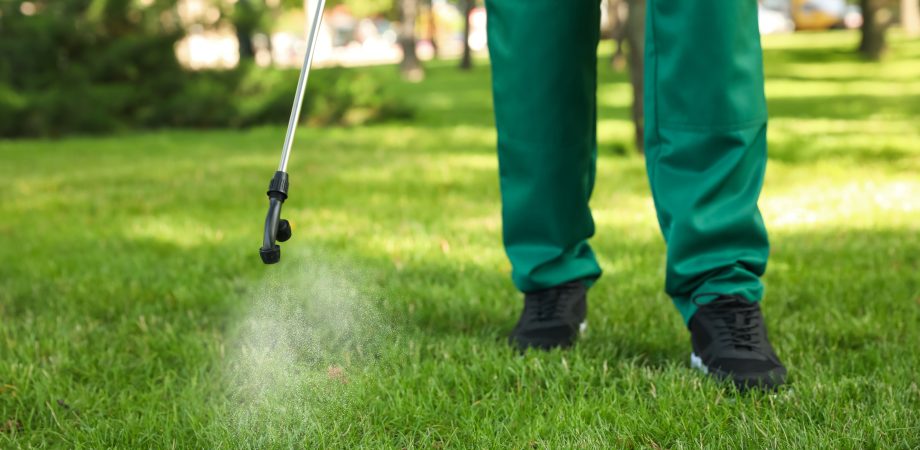How Bicarbonates and pH Affect Spray Water

When planning our weed, insect, and disease control, we do our best to identify the problem and pick the best product to control the issue.
We set up our sprayers and check nozzles, pump pressure, and ground speed to assure the right rates are going out to the target.
However, the single largest input into our spray tank is the water used to make the application. We often overlook the significance of good water. Sometimes we think, “If it’s good enough to drink, then it’s okay for our spray tank.”
That may or may not be true!
High pH and high bicarbonates can actually affect your tank mix compatibility and start breaking down the chemicals. This will affect how well your tank mix goes into solution. It becomes even more critical the longer the tank takes to empty or if you have a tank that sits overnight or over the weekend. Most experts agree that pH for most applications should be below pH 7. Often we think between pH 5 and 7 is optimal. But even lower pH can be more effective, with your three-way herbicides and glyphosate needing to be between 3 and 5 for optimal results.
Bicarbonates are nature’s buffering system. They attack and break down foreign chemicals in water. That may be good in a lake, stream, or river, but that can be a problem in a spray tank. For over 20 years, farmers have known this and added acidifiers to their sprays to lower pH and tie up bicarbonates. It’s called “water conditioning.”
Bicarbonates exist in water to varying degrees. University testing has shown spray tanks perform best at levels below 120 ppm. Some chemical labels point this out; others do not. If you are spraying three-way herbicides, all of those ingredients—2,4-D, dicamba, and MCPP—are affected. Glyphosate and other non-selective herbicides are also affected. Many common fungicides, insecticides, and plant growth regulators are also affected.
Additionally, most chemicals suggest the use of surfactants to improve the spray coverage of the application. Spray coverage is important to increase the uptake of the products. Not only will you get better results but also faster results. Many of the options you have to address pH and bicarbonates also contain surfactants.
There are several options to reduce pH, tie up bicarbonates, and improve spray coverage in your tank. ATS offers products like LV, Chem-Stik LpH, Delux, New Balance, and others to address this water quality issue. Most are just a few cents per thousand square feet. The benefits far outweigh the cost of the product. Also, the improved performance will reduce re-sprays. Optimizing the applications you make to get control should save you money.
Checking the pH and bicarbonates in the water is very important. You can send water samples off to local labs to test, or you can bring a sample to your local Advanced Turf Solutions. Select locations have on-site testing available for you to bring your water sample in and have the results in a few minutes.
Your Advanced Turf Solutions representative can help you evaluate your water test results and recommend which product is best to address the problem.
Chip Houmes
Aquatrols Company Midwest Territory Manager







